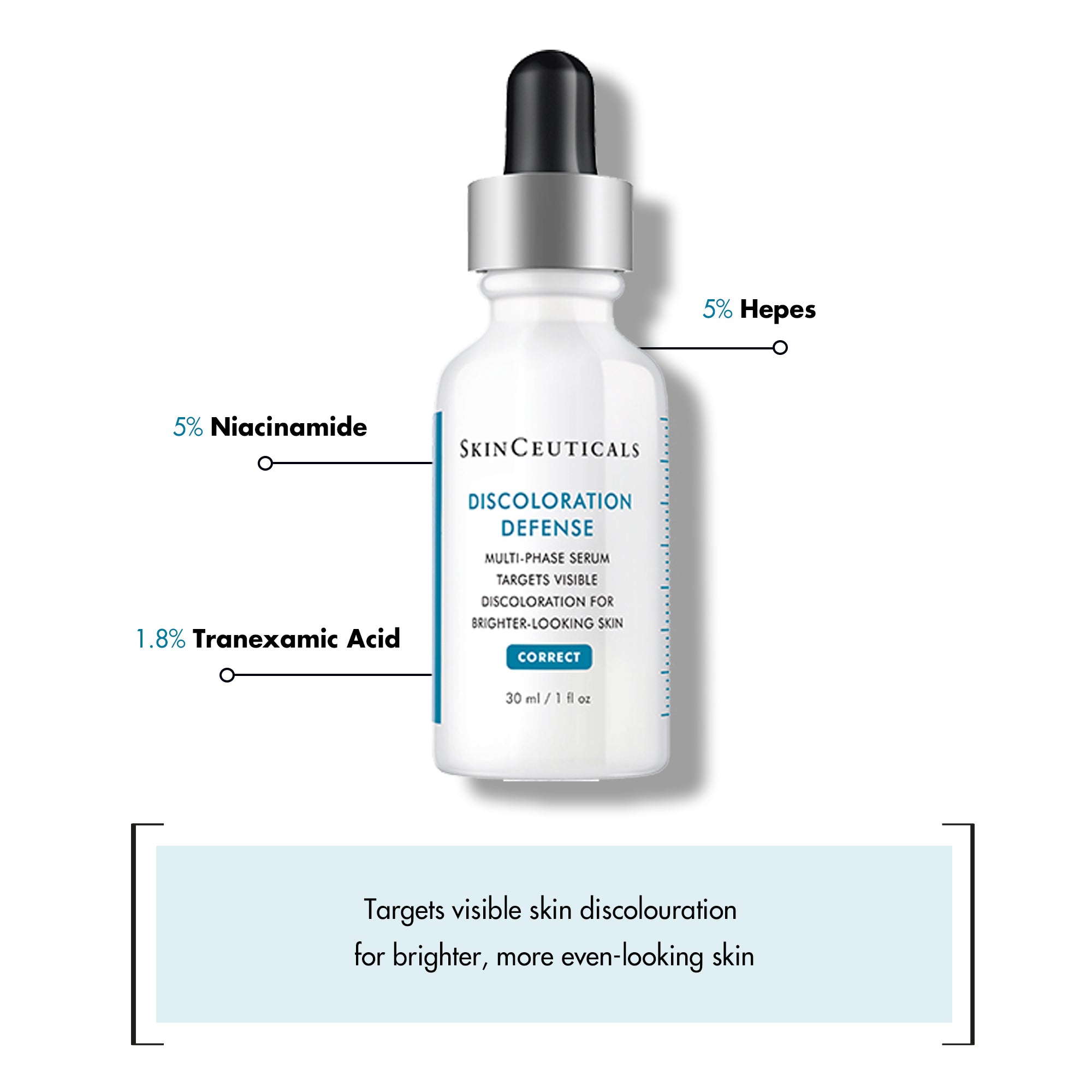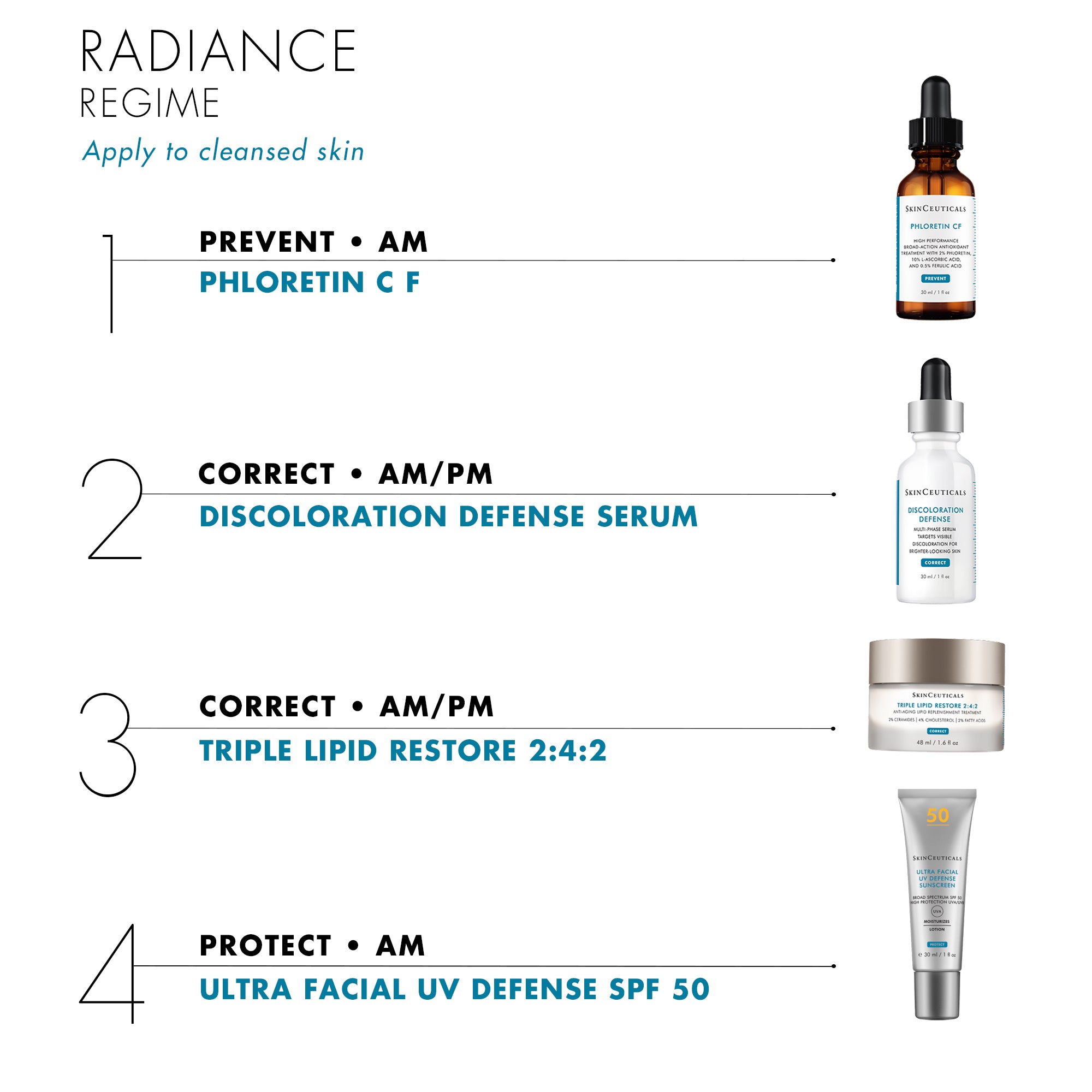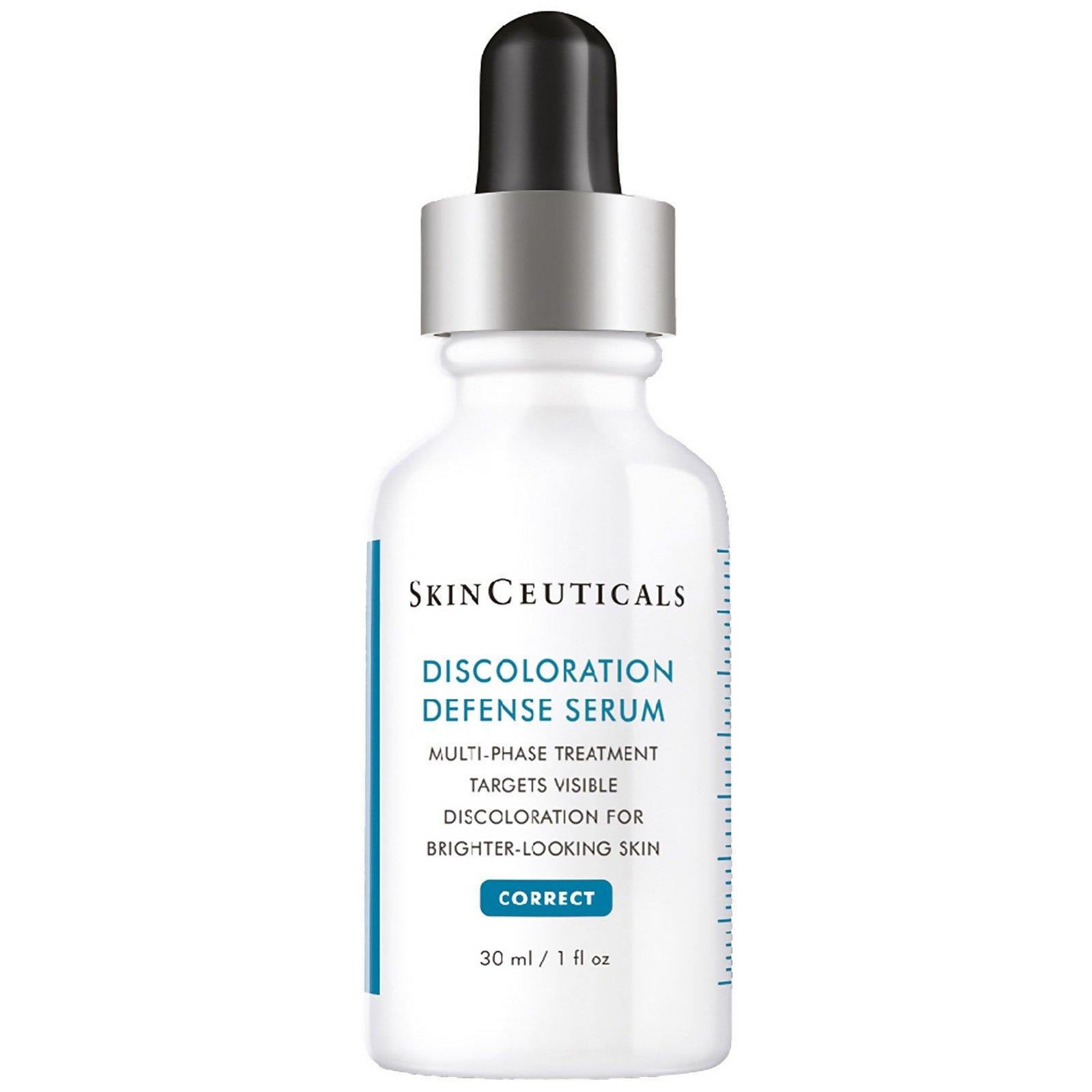
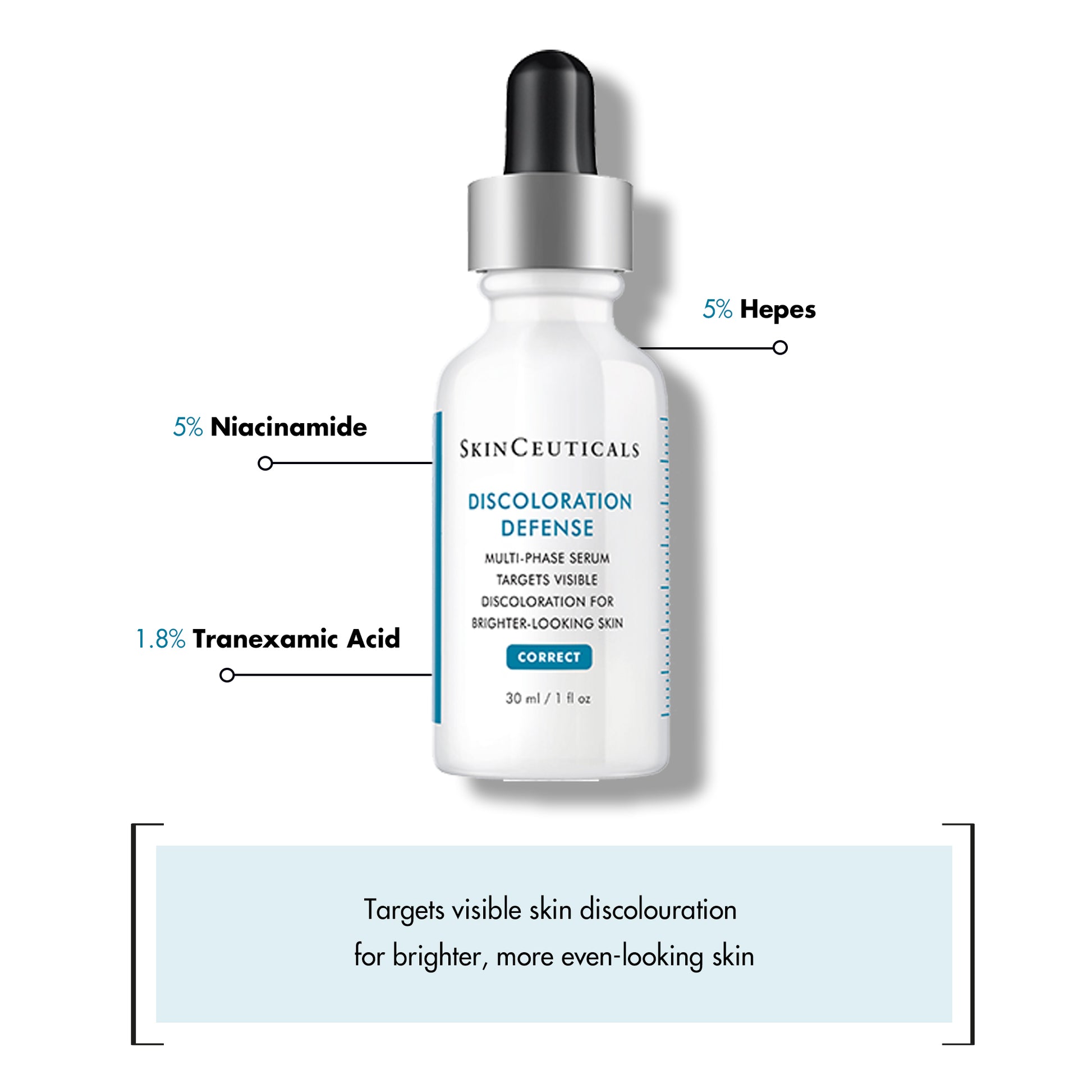
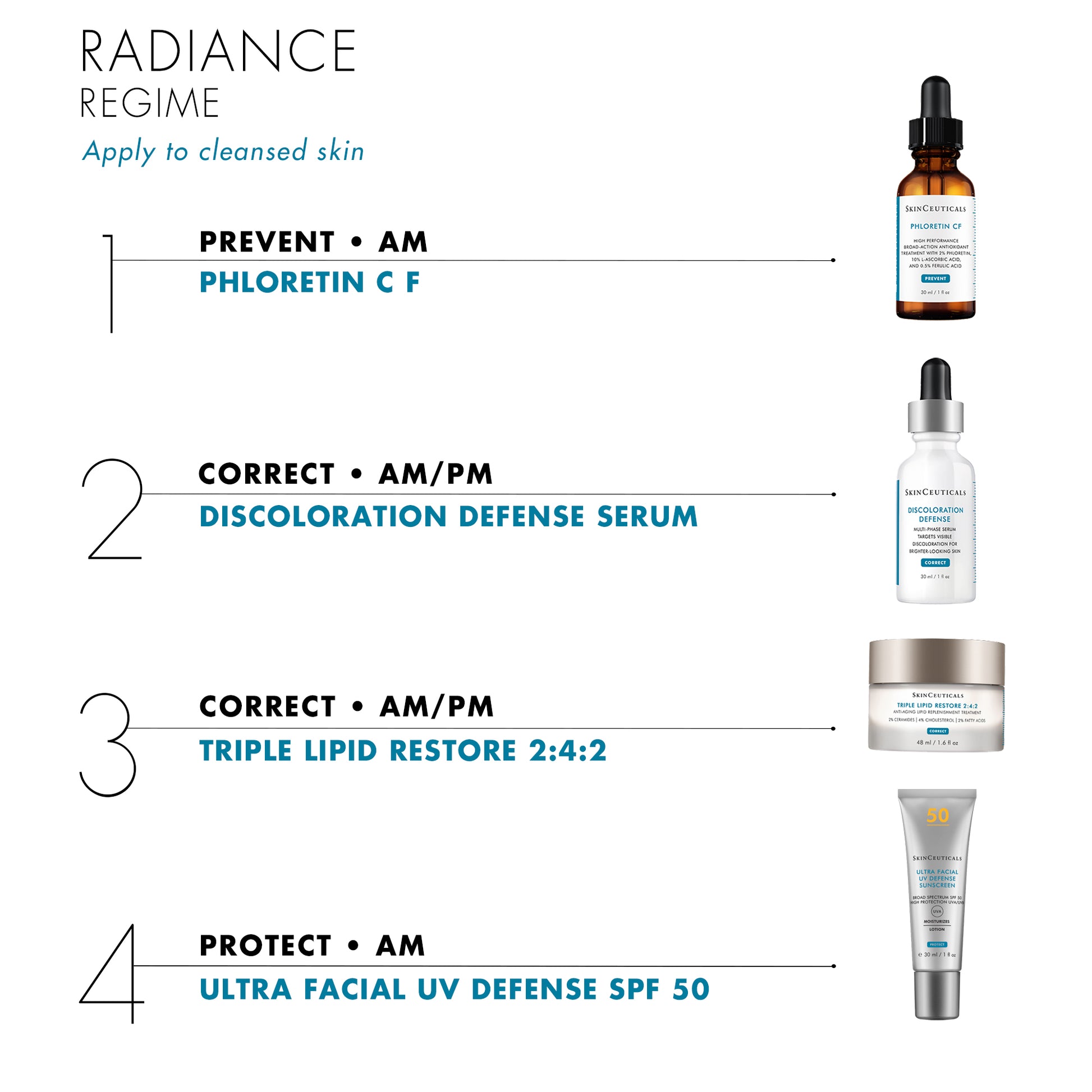
SkinCeuticals | Discoloration Defense Corrective Serum (30ml)
- Regular price
- £105.00
- Sale price
- £105.00
- Regular price
-
Speak to an Expert
At Skin Pharmacy, we're not only an authorised stockist of medical-grade skincare, we are your personal skincare concierge. Whether you're a seasoned skincare enthusiast or a curious beginner, our expert team is here to guide you every step of the way.
Same Day Delivery
We are pleased to offer Same Day Delivery service with Gophr & Quiver, helping to bring your favourite products, last-minute gifts and more delivered by hand to your doorstep on the same day.
Complete your order for delivery the same day between 10am-10pm.
Delivery & Shipping
All UK orders at £100 and over are eligible for FREE shipping. These orders are usually delivered within 3-5 business days.
All UK orders under £100 have a shipping charge. Choose your preferred courier at checkout
DPD Next Day: Order before 2pm to receive your item(s) the next business day by 12pm
Royal Mail Tracked 24: Order before 2pm to receive your item(s) within 1-3 business days.
Pairs Well With...
-
SkinCeuticals | C E Ferulic Serum (30ml)
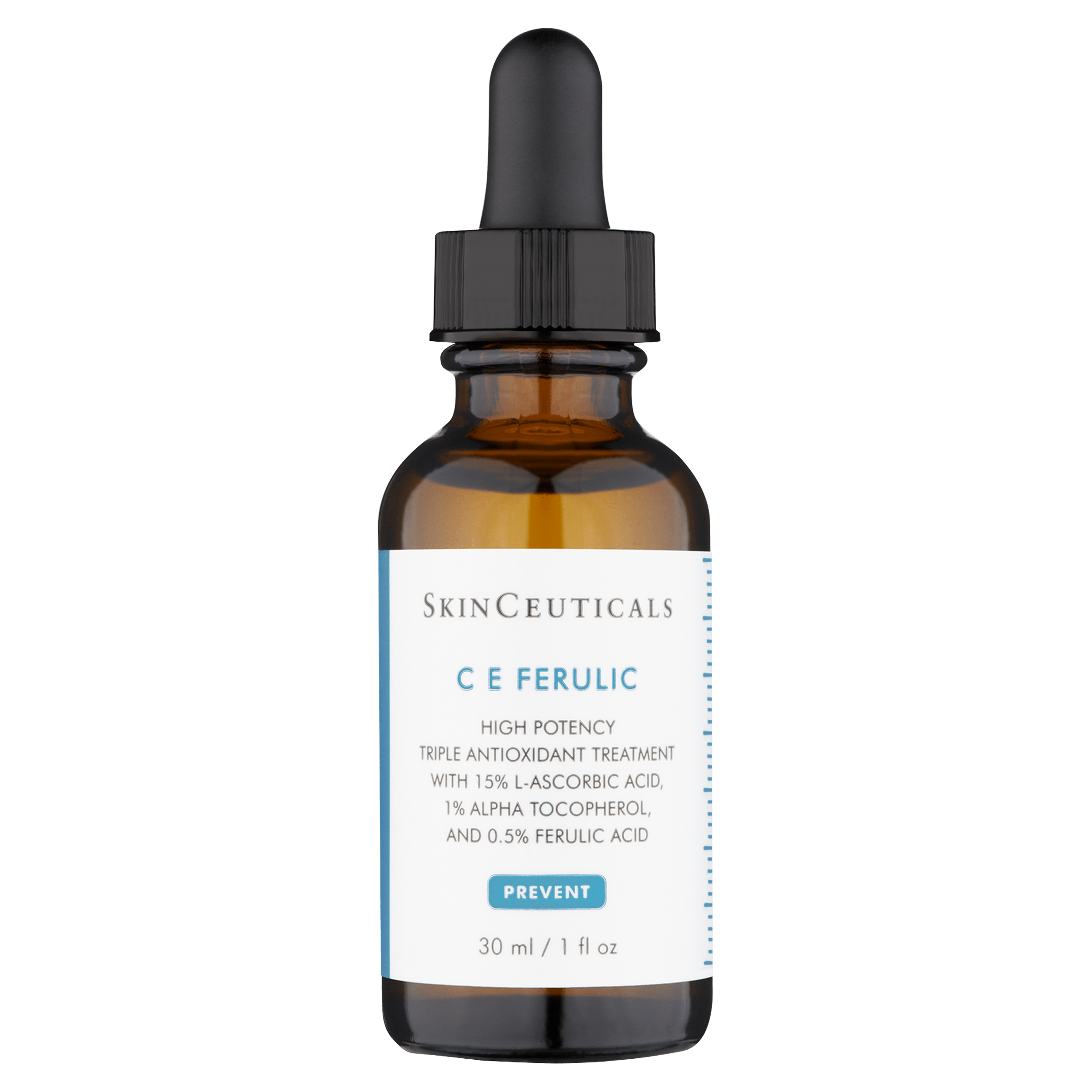
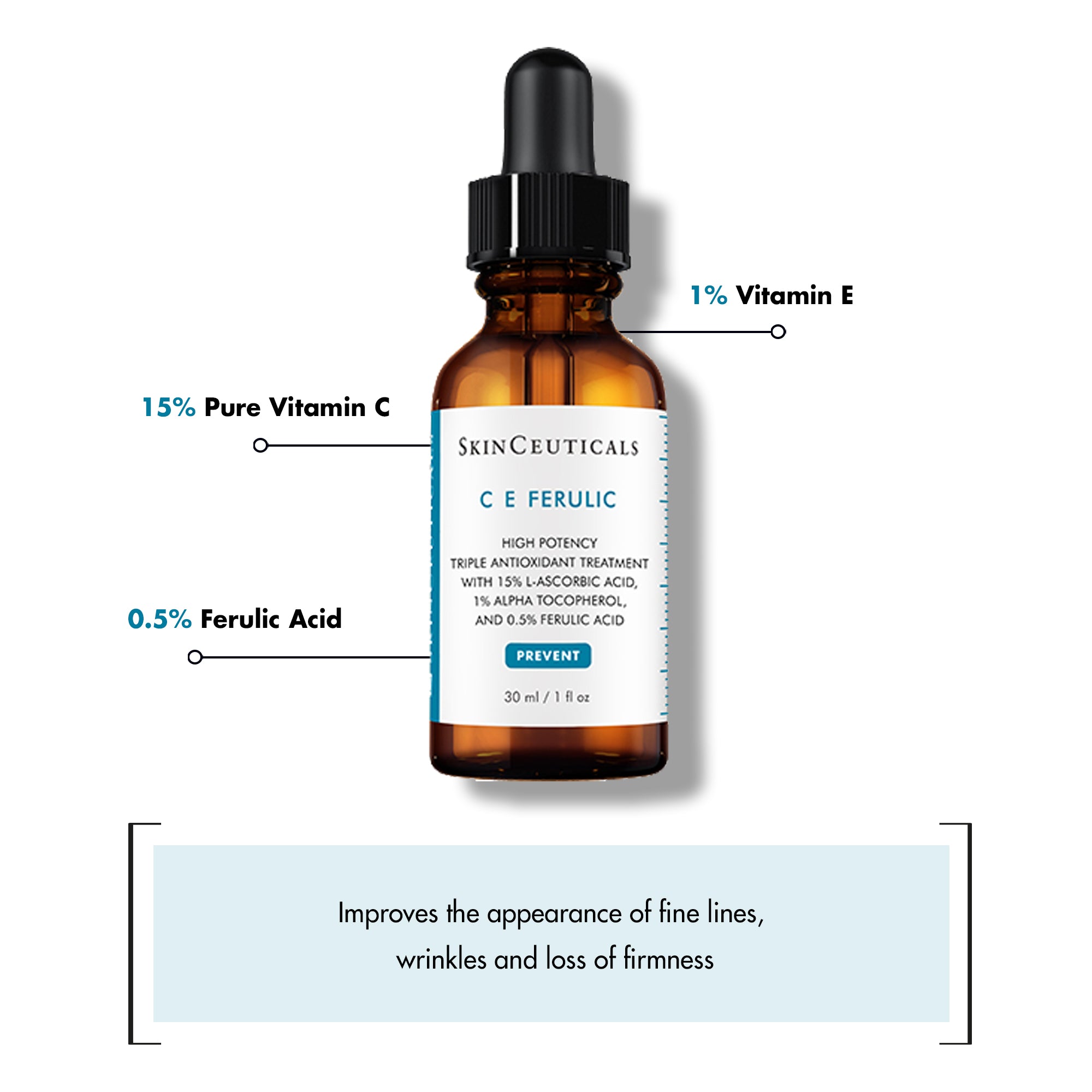 Vendor:SkinCeuticalsAntioxidants
Vendor:SkinCeuticalsAntioxidantsSkinCeuticals | C E Ferulic Serum (30ml)
- Regular price
- £150.00
- Sale price
- £150.00
- Regular price
-
-
Skinbetter Science | A Team Duo Kit (Alto Advanced Defense and Repair Serum + AlphaRet Overnight Cream)
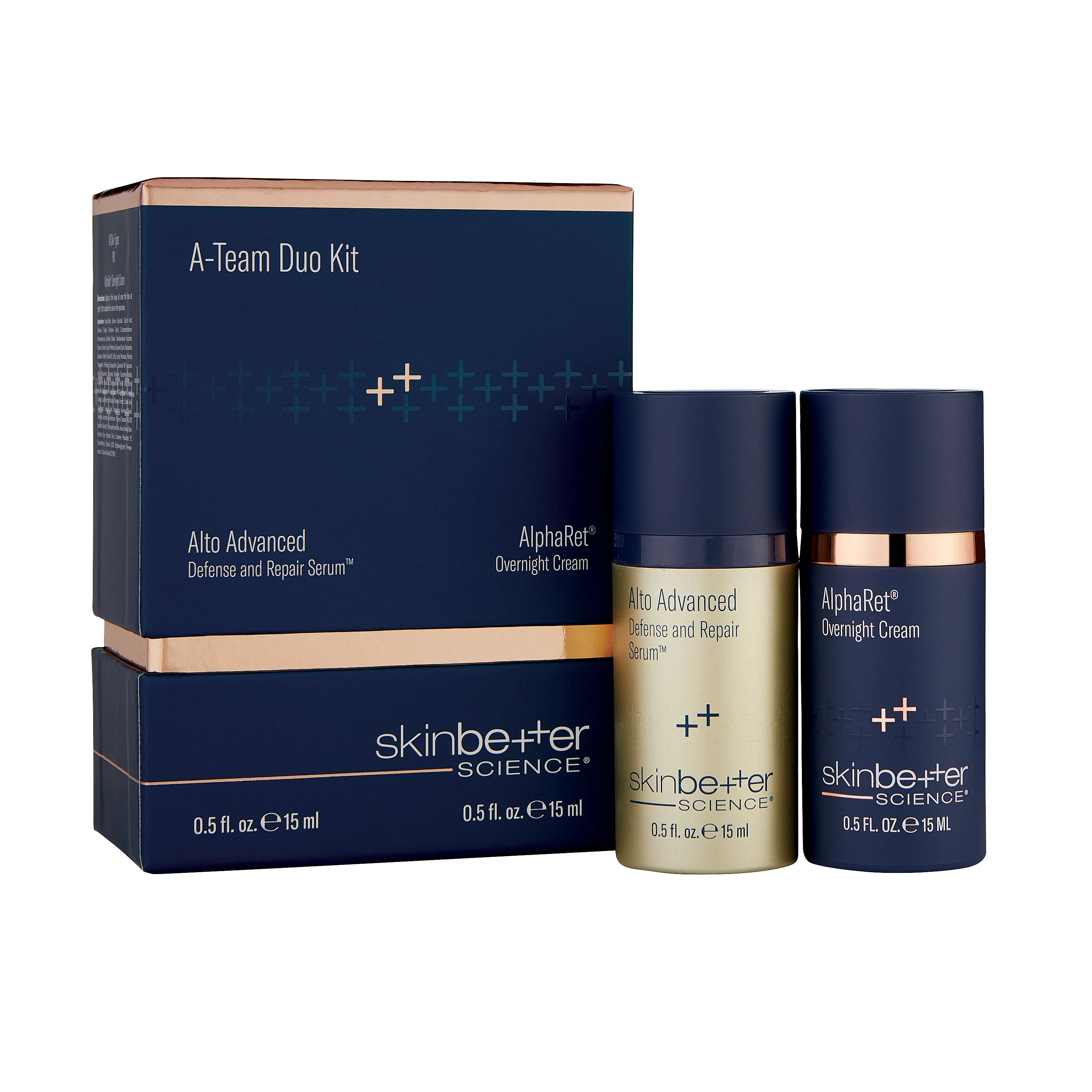 Vendor:Skinbetter ScienceAntioxidants
Vendor:Skinbetter ScienceAntioxidantsSkinbetter Science | A Team Duo Kit (Alto Advanced Defense and Repair Serum + AlphaRet Overnight Cream)
- Regular price
- £188.00
- Sale price
- £188.00
- Regular price
-
-
SkinCeuticals | Silymarin CF (30ml)
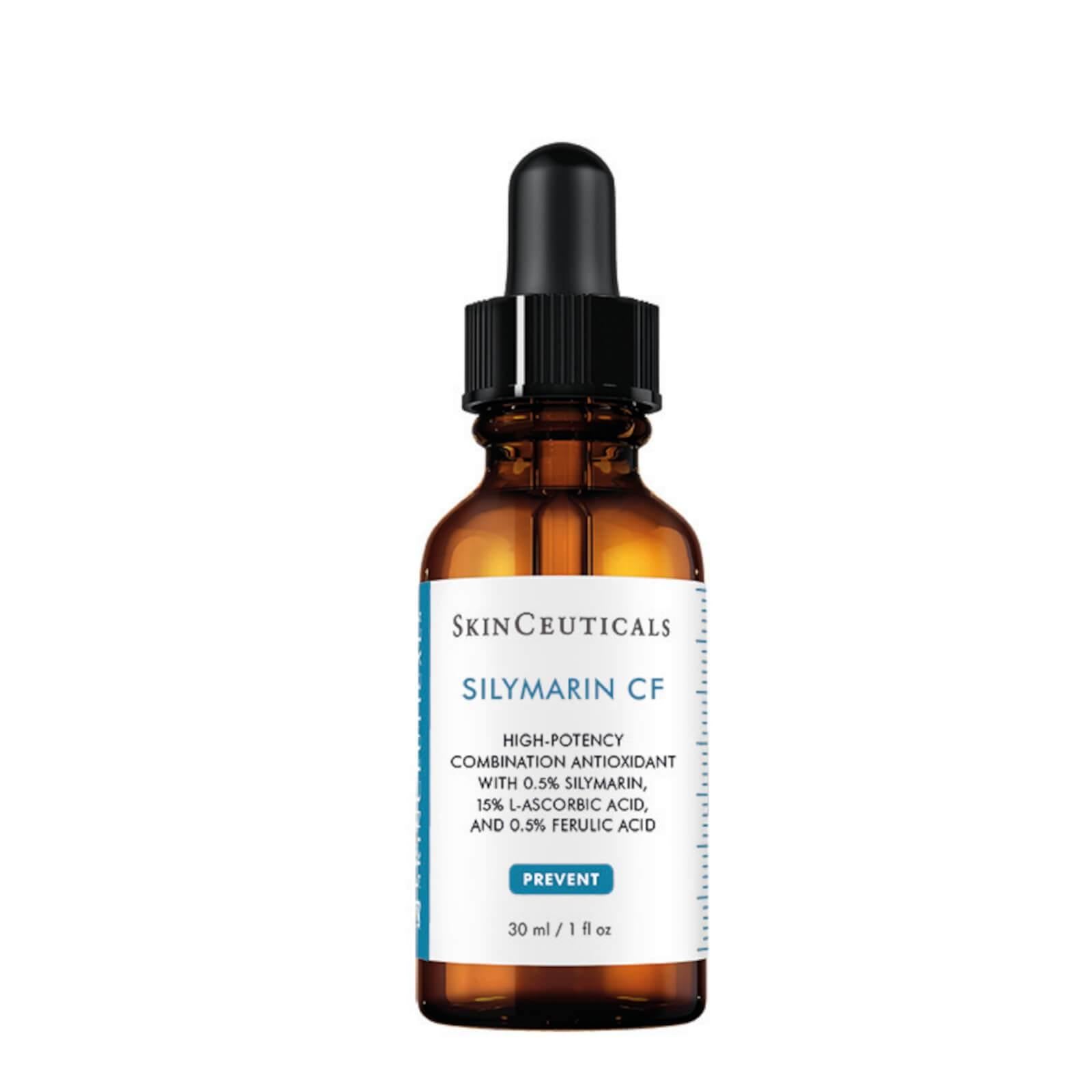
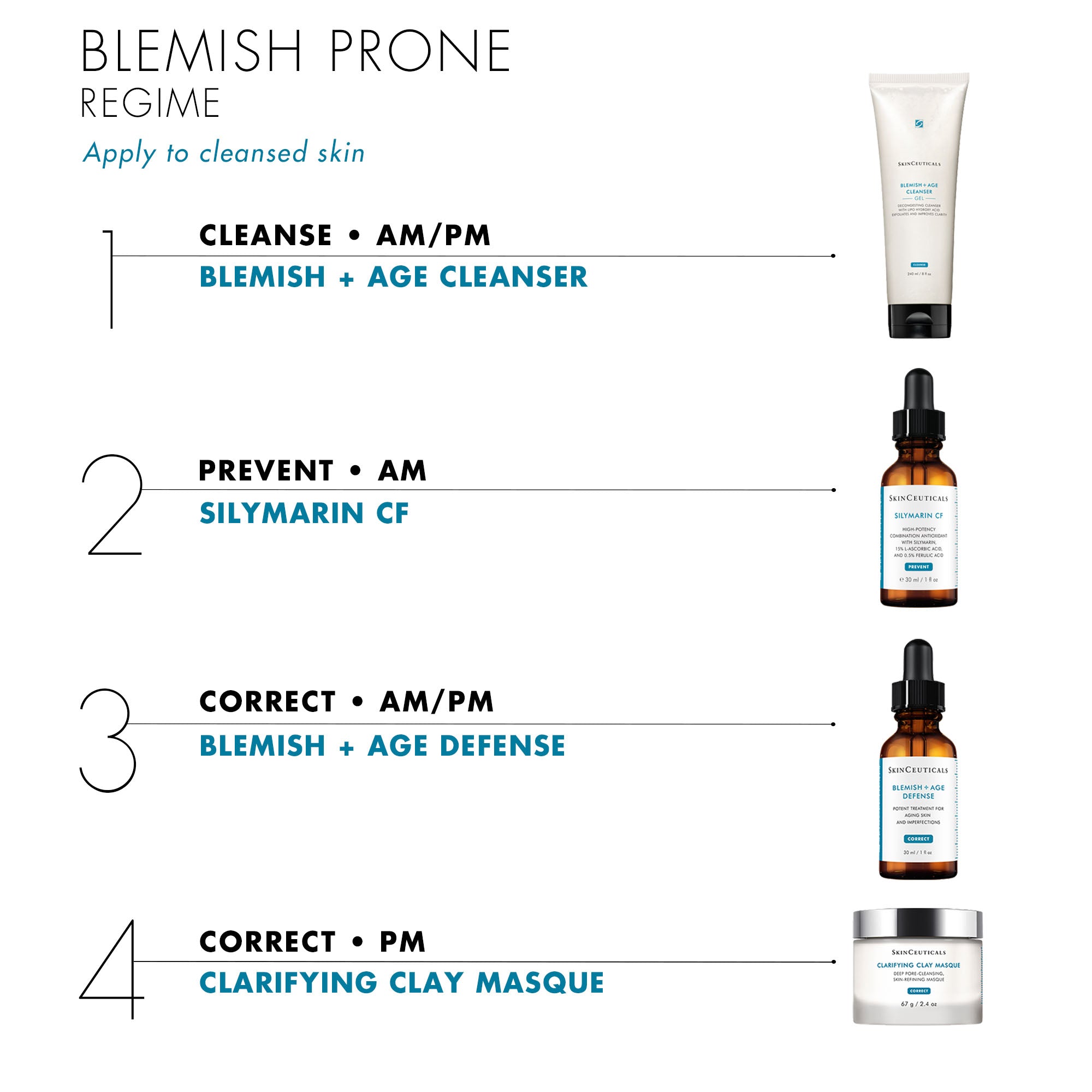 Vendor:SkinCeuticalsAntioxidants
Vendor:SkinCeuticalsAntioxidantsSkinCeuticals | Silymarin CF (30ml)
- Regular price
- £150.00
- Sale price
- £150.00
- Regular price
-
-
SkinCeuticals | Serum 10 (30ml)
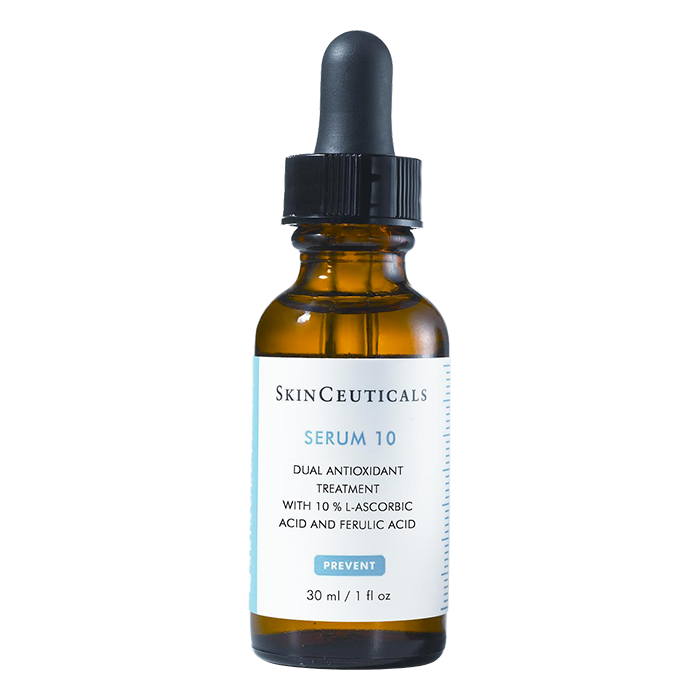
 Vendor:SkinCeuticalsAcne & Problematic Skin
Vendor:SkinCeuticalsAcne & Problematic SkinSkinCeuticals | Serum 10 (30ml)
- Regular price
- £95.00
- Sale price
- £95.00
- Regular price
-
- Choosing a selection results in a full page refresh.



